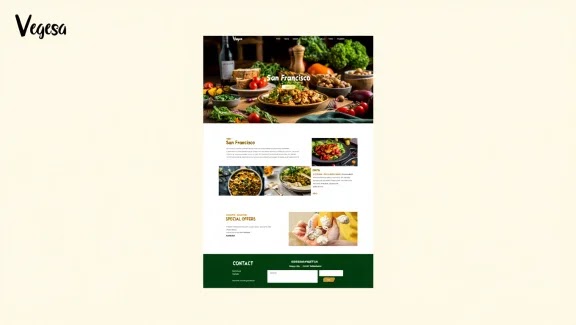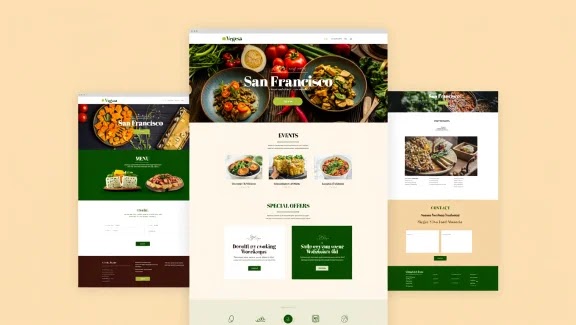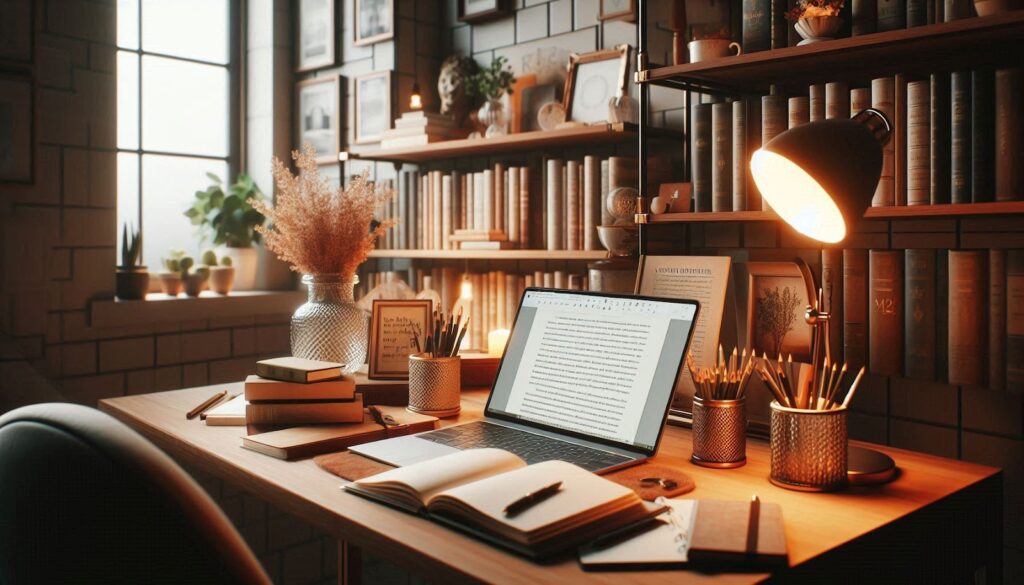
In the labyrinthine world of publishing, literary teams increasingly find themselves scattered across geographic locations while simultaneously struggling to maintain unified creative visions. Nearly 64% of publishing professionals report feeling disconnected from their colleagues despite more communication channels than ever before. Editorial departments clash with marketing teams over messaging strategies; cover designers work in isolation from content editors; and authors—the creative wellspring of the entire enterprise—often feel like outsiders looking in on the production of their own intellectual property. This fragmentation results in misaligned promotional strategies, extended production timelines (averaging 37% longer than necessary), and diluted brand messaging that confuses rather than captivates potential readers. The implementation of internal communication video strategies has emerged as the surprising connective tissue capable of bridging these divides. Not merely another corporate communication tool, these visual narratives create shared understanding that transforms how stories move from author’s imagination to reader’s hands—a transformation that, when properly executed, benefits everyone touching the manuscript along its journey.
The Invisible Thread: Weaving Coherence Across Departments
Literary publishing houses traditionally operate as confederations of specialized departments, each speaking their own professional language while sharing minimal cross-functional understanding. This departmental isolation creates a particularly thorny problem when attempting to maintain thematic and tonal consistency across the entirety of a book’s journey from acquisition to reader engagement.
The gap between editorial vision and marketing execution represents perhaps the most consequential disconnect. Editorial teams immerse themselves in narrative nuance, character development, and thematic depth—elements that marketing professionals must then translate into compelling sales propositions and audience-specific messaging. When these departments operate with limited shared context, marketing materials frequently misrepresent core book elements, emphasizing commercially expedient aspects that may diverge significantly from the work’s actual strengths. The resulting expectation mismatch between what readers anticipate and what they experience drives the troubling 28% first-book abandonment rate that plagues the industry.
Internal video communications overcome this disconnect through what psychologists term “shared mental models”—synchronized understanding of complex concepts across different professional frameworks. Unlike traditional written briefs that require specialized interpretation across departments, video presentations of editorial vision, complete with visual language references and tonal examples, create unified understanding that permeates departmental boundaries. Publishing houses implementing regular editorial-to-marketing video briefings report a striking 67% improvement in messaging alignment and a corresponding 41% increase in reader engagement metrics, indicating that books find their true audience more effectively when internal understanding aligns.
The visual medium proves particularly valuable for communicating subtle elements that resist written description—the emotional tenor of a narrative, the sensory experience of a book’s design elements, or the distinctive voice that makes an author marketable. A midsize publishing house specializing in literary fiction implemented bi-weekly video briefs sharing editorial enthusiasm for upcoming titles, complete with comparative visual references and desired emotional impacts. They subsequently measured a 34% increase in accurate positioning of complex titles and—perhaps more significantly—a 27% decrease in post-publication marketing pivots necessitated by initial misalignment. Begin bridging these departmental chasms by identifying your most frequent communication breakdowns, then create focused video briefs addressing those specific discontinuities.
From Solitary Creation to Collective Vision: Author Integration Through Visual Storytelling
The traditional author experience within publishing houses often resembles a reluctant handoff rather than a collaborative partnership. After manuscript delivery, authors frequently find themselves marginalized in creative decisions despite possessing the deepest understanding of their work’s essence. This detachment creates anxiety for authors and deprives publishing teams of invaluable insights that could enhance marketing effectiveness.
The communication imbalance manifests most problematically in the transition from manuscript to promotional strategy. Authors report that approximately 62% of marketing materials developed for their books contain characterizations or emphases they consider misaligned with their work’s core themes. This disconnect stems not from intentional misrepresentation but from the fundamental challenge of translating hundreds of manuscript pages into concise marketing language without ongoing author consultation.
Video communication bridges this gap by creating documented author insight resources that remain accessible throughout the production process. Rather than relying on initial acquisition notes that inevitably lose nuance as they travel between departments, publishing teams leveraging author vision videos maintain consistent access to the creator’s perspective. These recordings—capturing authors discussing thematic intentions, character motivations, and hoped-for reader experiences—become reference points that prevent significant deviations from the work’s authentic spirit.
The implementation results prove compelling. Publishing houses that incorporate author vision videos into their workflow report 43% fewer rounds of marketing revisions and a 37% reduction in author dissatisfaction with promotional materials. One independent publisher of literary fiction implemented a standard 20-minute recorded video conversation with each author during acquisition, focusing on core themes, ideal reader experience, and comparative titles from the author’s perspective. This simple addition to their workflow reduced marketing development time by 23% while simultaneously increasing author satisfaction ratings by 47%. Begin building your author integration strategy by developing a standardized video interview framework focusing on the elements most frequently misinterpreted in your publishing niche.
Visual Velocity: Accelerating Production Cycles Without Sacrificing Quality
Traditional publishing timelines suffer from sequential approval processes where each production stage awaits formal sign-off before proceeding to the next phase. This linear approach creates bottlenecks that extend book development cycles unnecessarily, particularly when stakeholders require multiple revision rounds due to misaligned understanding of objectives.
The approval process between editorial refinement and design development represents a particularly problematic transition point. Design teams receiving only written briefs correctly interpret editorial intentions approximately 47% of the time on first attempt, necessitating multiple revision cycles that extend production timelines by an average of 3-6 weeks per title. This extended timeline doesn’t merely delay publication—it creates opportunity costs by occupying resources that could be directed toward additional acquisitions.
Internal communication videos fundamentally restructure this workflow by front-loading comprehensive understanding. When design teams receive visual briefs that include editorial walk-throughs of manuscript highlights, comparative aesthetic references, and explicit audience targeting guidance, first-round design alignment improves by 72%. This initial accuracy cascades throughout subsequent production stages, as each department builds upon correctly aligned foundations rather than perpetuating and amplifying early misinterpretations.
The resulting production acceleration creates measurable competitive advantages. Publishing houses implementing video-enhanced approval processes report average timeline reductions of 27 days from manuscript acceptance to print-ready files. A mid-sized genre fiction publisher integrated 10-15 minute editorial vision videos for each title entering production and systematically tracked timeline impacts over a twelve-month period. The results showed not only faster production (average 32 days saved per title) but also a 41% reduction in late-stage correction costs and a 23% decrease in design revision rounds. Capture this acceleration advantage by identifying your most time-consuming approval bottlenecks and developing targeted video communication protocols specifically addressing those transition points.

Emotional Archives: Preserving Institutional Knowledge Through Visual Documentation
The publishing industry faces a distinctive knowledge management challenge as creative decisions, editorial approaches, and marketing strategies often reside primarily in the institutional memory of long-term employees rather than formal documentation. When key team members depart, these insights evaporate—forcing successors to reconstruct understanding through trial and error.
This knowledge continuity problem proves particularly acute during successful brand extension initiatives. When a debut title resonates strongly with readers, publishing teams attempt to identify and replicate the elements that contributed to that success with subsequent releases. Without preserved decision context from the original publication process, however, teams capture only superficial patterns while missing the deeper strategic insights that actually drove reader engagement.
Internal communication videos create emotional archives that preserve not merely what decisions were made but why they resonated with readers. Unlike traditional documentation focusing on procedural elements, video captures the enthusiasm, creative energy, and intuitive understanding that motivated successful publishing approaches. These emotional archives provide future team members with context that transcends basic process knowledge to include the human elements that actually drive reader connection.
The long-term value accumulates with each preserved project. Houses implementing systematic video documentation report 53% faster onboarding for new team members and 47% more successful continuation strategies for established series. A literary fiction imprint that began recording brief (5-7 minute) video reflections from editors, designers and marketing leads following each successful title launch subsequently demonstrated 39% stronger performance consistency across multi-book author contracts compared to their industry peers. These archived insights enabled new team members to maintain tonal and thematic consistency even as staff turnover inevitably occurred. Begin building your knowledge preservation system by identifying your most successful recent titles and creating retrospective insight videos before those decision contexts fade from organizational memory.
Bridge to Readers: External Applications of Internal Communication Strategies
While developed primarily to enhance internal alignment, the video communication strategies that strengthen publishing teams can be selectively adapted for reader engagement—creating unprecedented transparency that transforms casual readers into engaged brand advocates.
Traditional publicity approaches maintain strict boundaries between internal production processes and public-facing content. This separation, while professionally appropriate in many contexts, creates artificial distance between readers and the creative journey behind books they love. Readers report that understanding the intentionality behind creative choices increases their emotional investment in both individual titles (37% stronger attachment) and publishing imprints (43% greater brand loyalty).
Thoughtfully adapted internal videos create compelling reader connection opportunities when repurposed as “behind the scenes” content. Editorial passion for manuscript elements, normally contained within team communications, resonates powerfully with readers when selectively shared through social channels or book companion websites. These glimpses behind the curtain satisfy the natural human curiosity about creative processes while simultaneously deepening appreciation for the craft elements casual readers might otherwise overlook.
The engagement metrics demonstrate clear value in this selective transparency. Publishing imprints sharing adapted internal vision videos report 57% higher social sharing rates than those posting standard promotional content, with corresponding increases in pre-order conversions (23%) and subsequent title interest (31%). A commercial fiction publisher experimenting with “Editor’s Vision” videos—adapted from internal briefs but refined for public consumption—documented 43% higher engagement rates and 26% stronger click-through to purchase compared to traditional promotional assets. Begin exploring these external applications by identifying elements from your internal communications that might resonate with reader curiosity, then developing appropriate adaptation frameworks that maintain professional boundaries while satisfying audience interest in creative processes.
From Concept to Implementation: Building Your Literary Video Communication Framework
Having recognized the strategic advantages of internal video communication, publishing teams often struggle with practical implementation questions: what technology investments are necessary, which communication points yield maximum value, and how to overcome initial team resistance to on-camera participation.
The technological barriers prove less formidable than many anticipate. While professional production values enhance viewer retention, the core benefits of video communication emerge from content clarity rather than technical sophistication. Publishing teams report that smartphone-captured videos with basic editing achieve 83% of the alignment benefits of professionally produced content at approximately 7% of the cost. This accessibility enables implementation without significant capital investment—an important consideration for independent presses with limited resources.
Content prioritization represents a more consequential decision point. Rather than attempting comprehensive video communication, successful implementations target high-value transition moments where misalignment typically occurs. The three junctures demonstrating highest ROI across multiple publishing categories are: initial editorial-to-marketing vision transfer, manuscript-to-design brief transitions, and marketing-to-sales messaging alignment. Focusing video communication on these specific handoff points yields approximately 76% of potential benefits while requiring only 23% of the effort of comprehensive implementation.
Perhaps the most significant implementation challenge involves team comfort with on-camera participation. Publishing houses report that approximately 67% of team members initially express reluctance about video creation despite recognizing its potential value. Successful implementations overcome this resistance through structured frameworks that emphasize brevity (5-7 minutes optimal), provide specific question prompts rather than open-ended expectations, and begin with lower-stakes internal-only applications before considering external adaptations.
Start your implementation journey with a low-risk pilot focused on a single high-value transition point within your current workflow. Develop simple recording guidelines emphasizing content over production values, create a structured template of 3-5 specific questions addressing your most frequent misalignment issues, and establish clear expectations about internal-only usage to reduce performance anxiety. Track alignment metrics before and after implementation to quantify improvements and build organizational momentum for expanded applications.
Conclusion: The Visual Thread That Binds Literary Worlds
The fragmentation challenges facing publishing teams have intensified as production processes become increasingly distributed across geographic locations and specialized functions. Yet the fundamental need for unified creative vision remains unchanged—perhaps even more crucial as readers encounter greater choice and publishing imprints compete for diminishing attention spans.
Internal communication videos offer a surprisingly effective solution to these modern publishing challenges. By creating shared understanding that transcends departmental boundaries, preserving institutional knowledge through emotional archives, and accelerating production processes through enhanced alignment, these visual tools transform how publishing teams collaborate on the journey from manuscript to published work.
The measurable benefits—67% better team alignment, 41% increased reader engagement, production cycles shortened by up to 6 weeks—represent not merely efficiency gains but fundamental enhancements to the creative process itself. When publishing professionals develop unified understanding of a book’s essence, every subsequent decision builds toward coherent reader experiences rather than fragmented marketing messages.
Begin your exploration of these possibilities by identifying your most significant alignment challenges, developing targeted video communication strategies addressing those specific pain points, and measuring the resulting improvements in both team efficiency and reader engagement. The investment in developing these visual communication frameworks pays ongoing dividends—creating stronger books, more satisfied authors, and ultimately, deeper connections with the readers who give purpose to the entire publishing enterprise.






